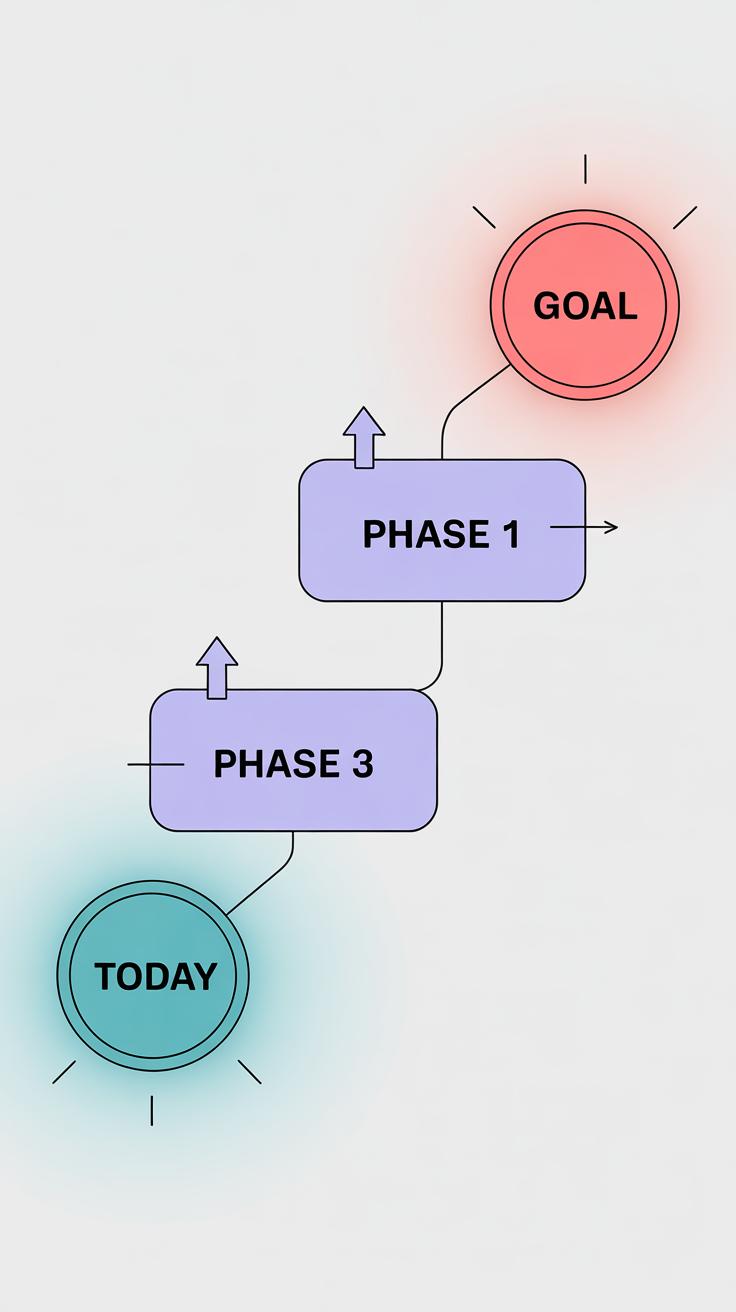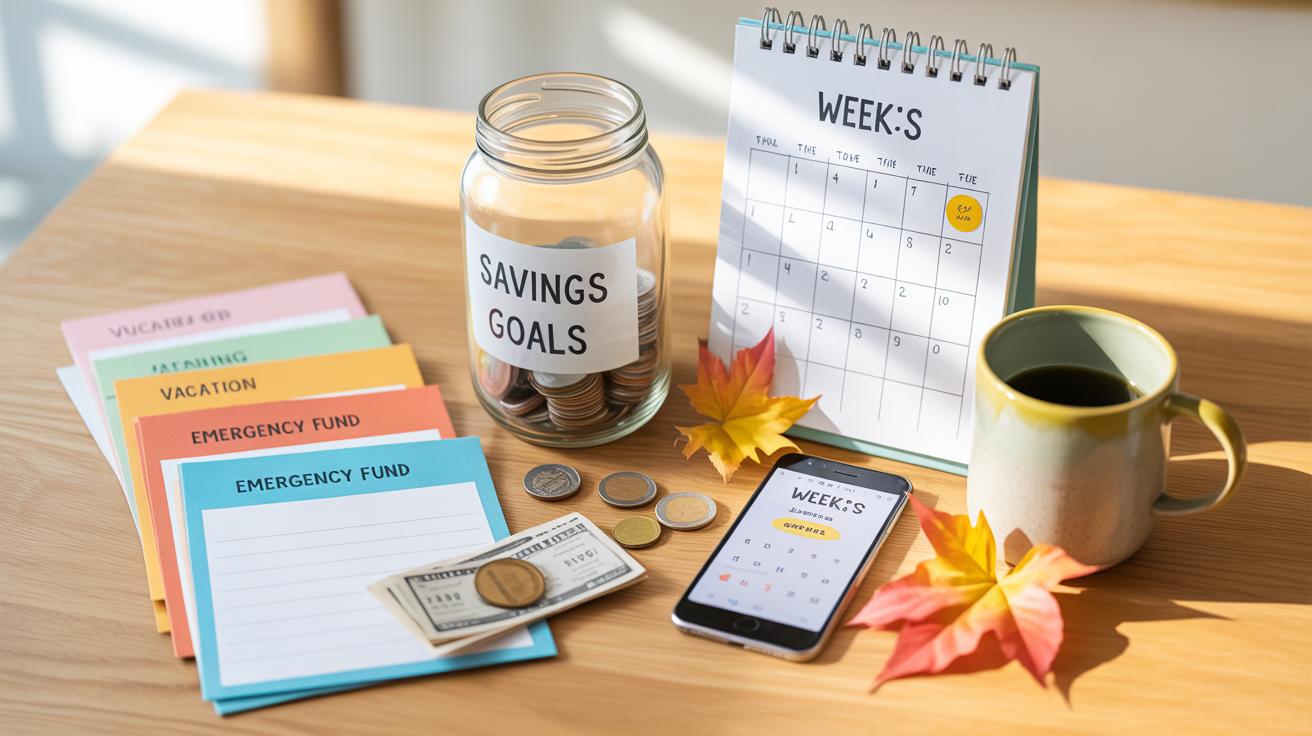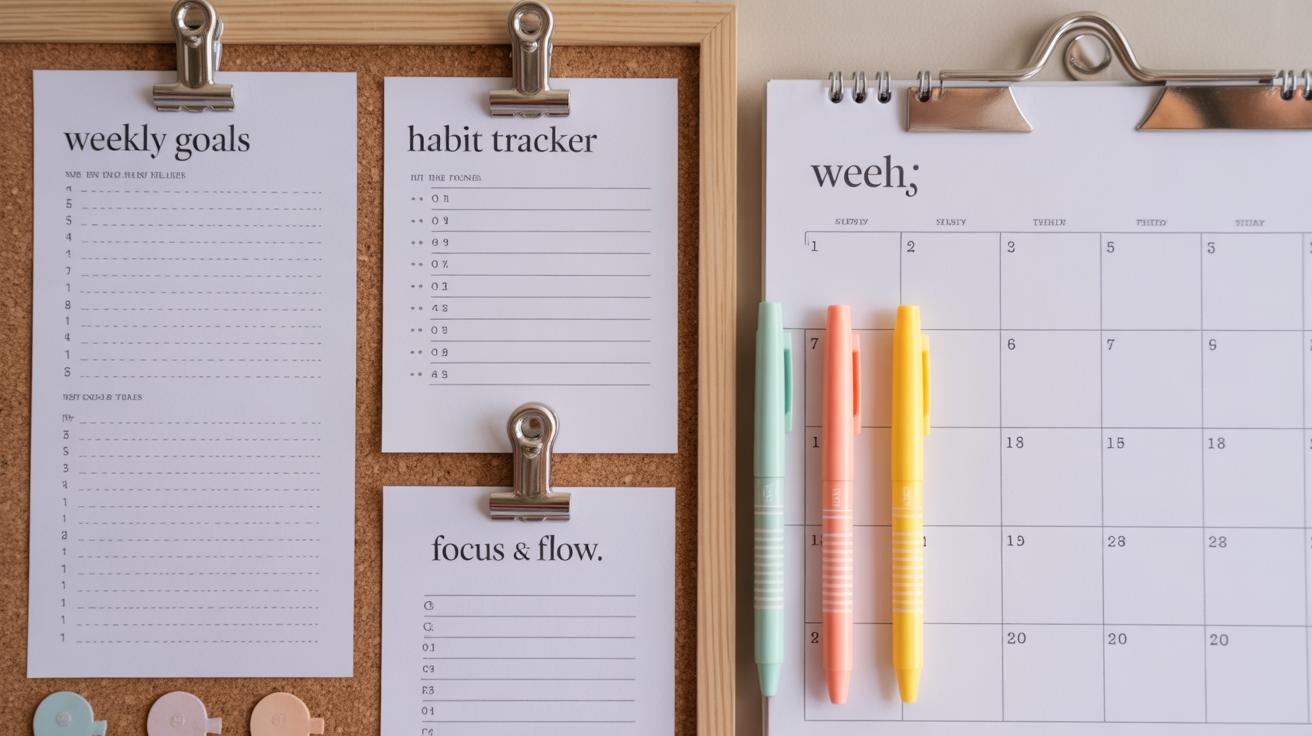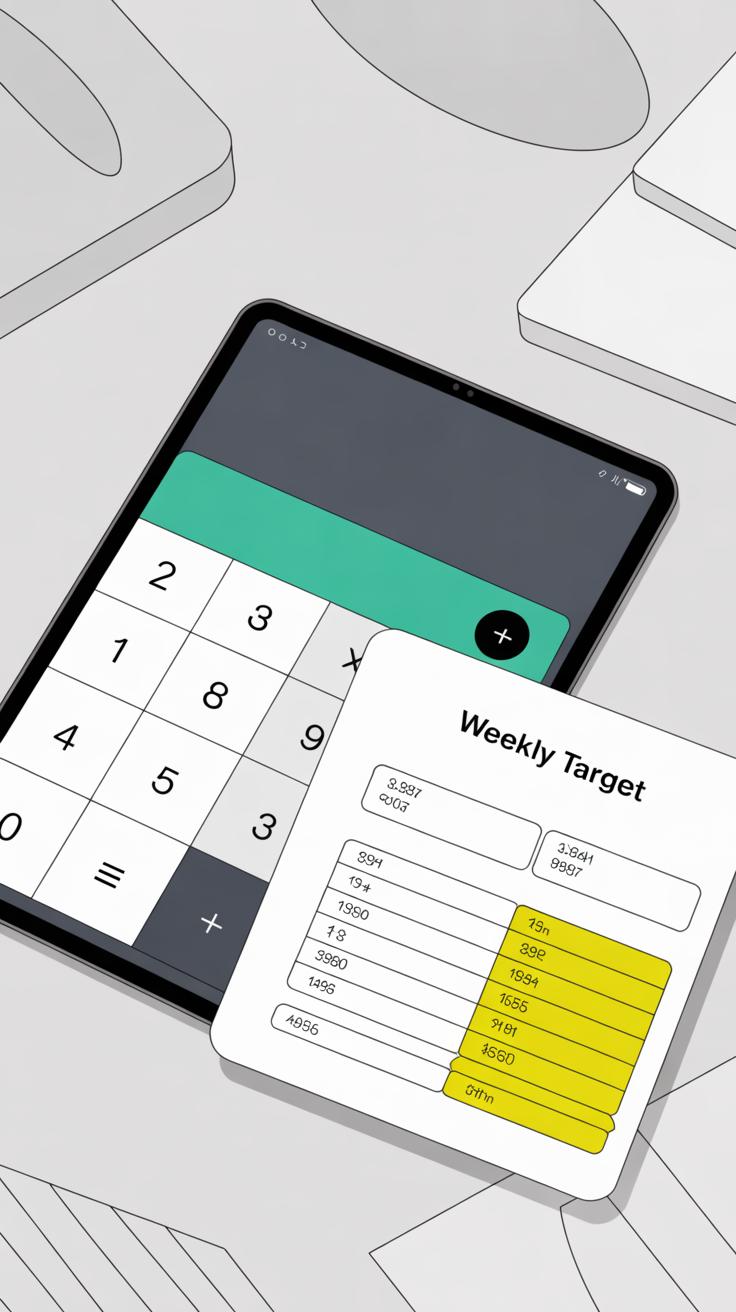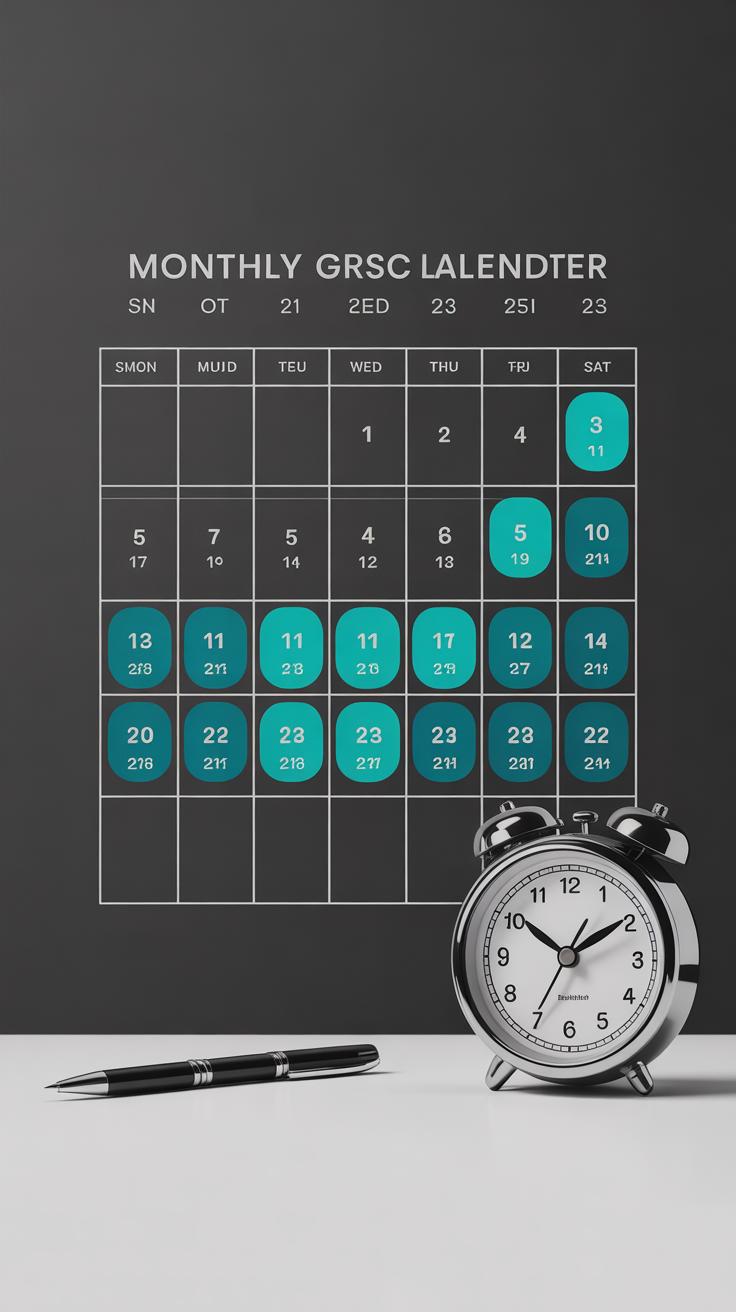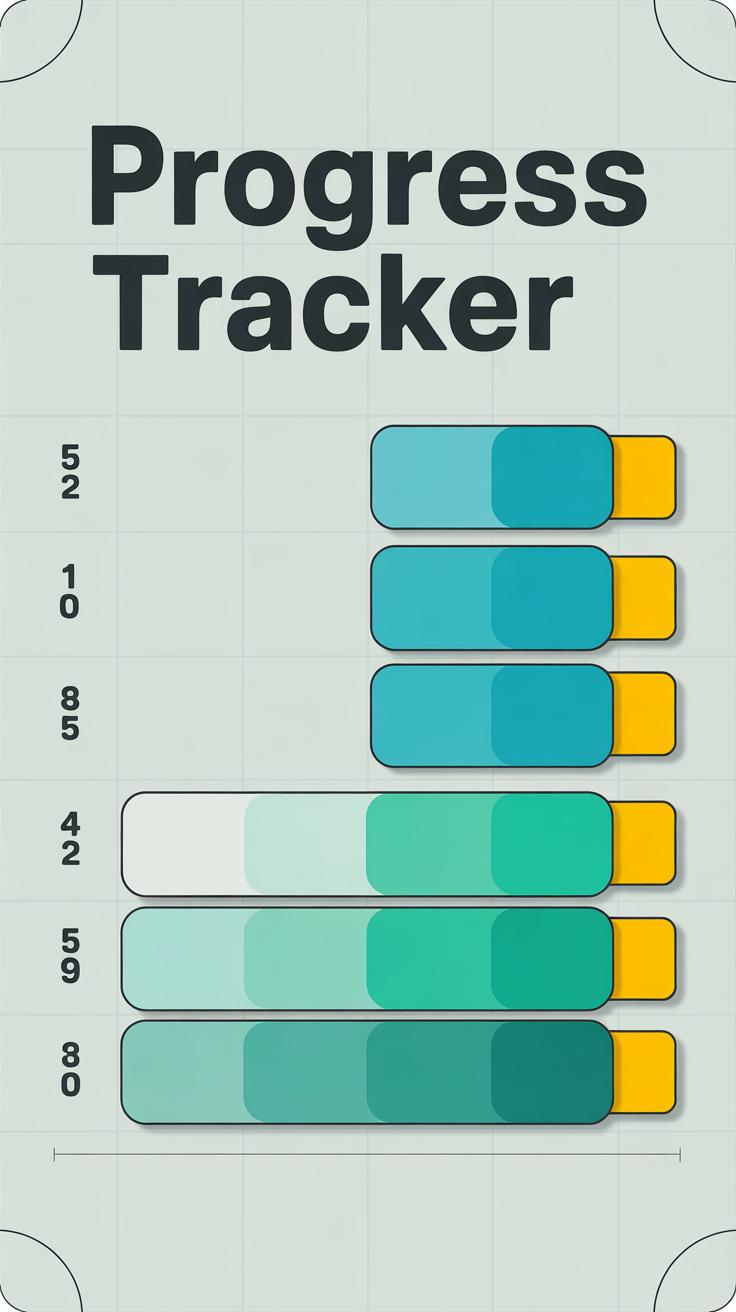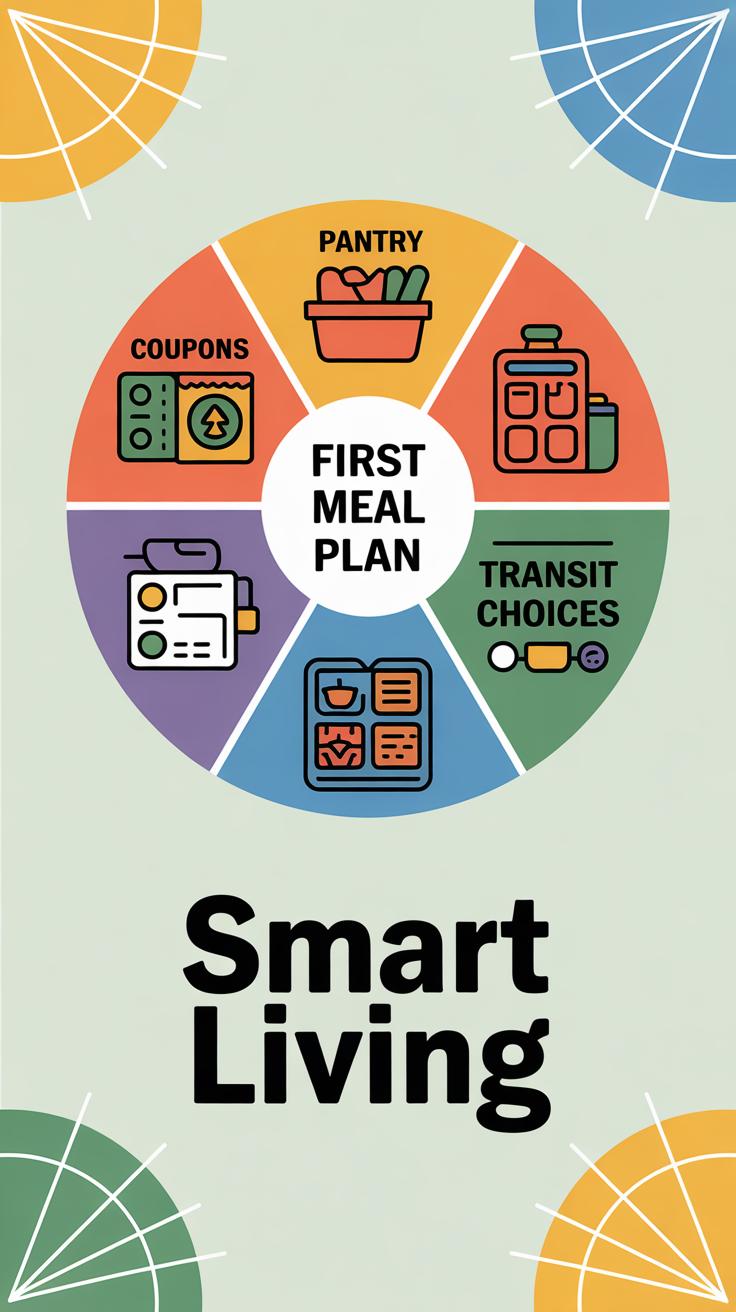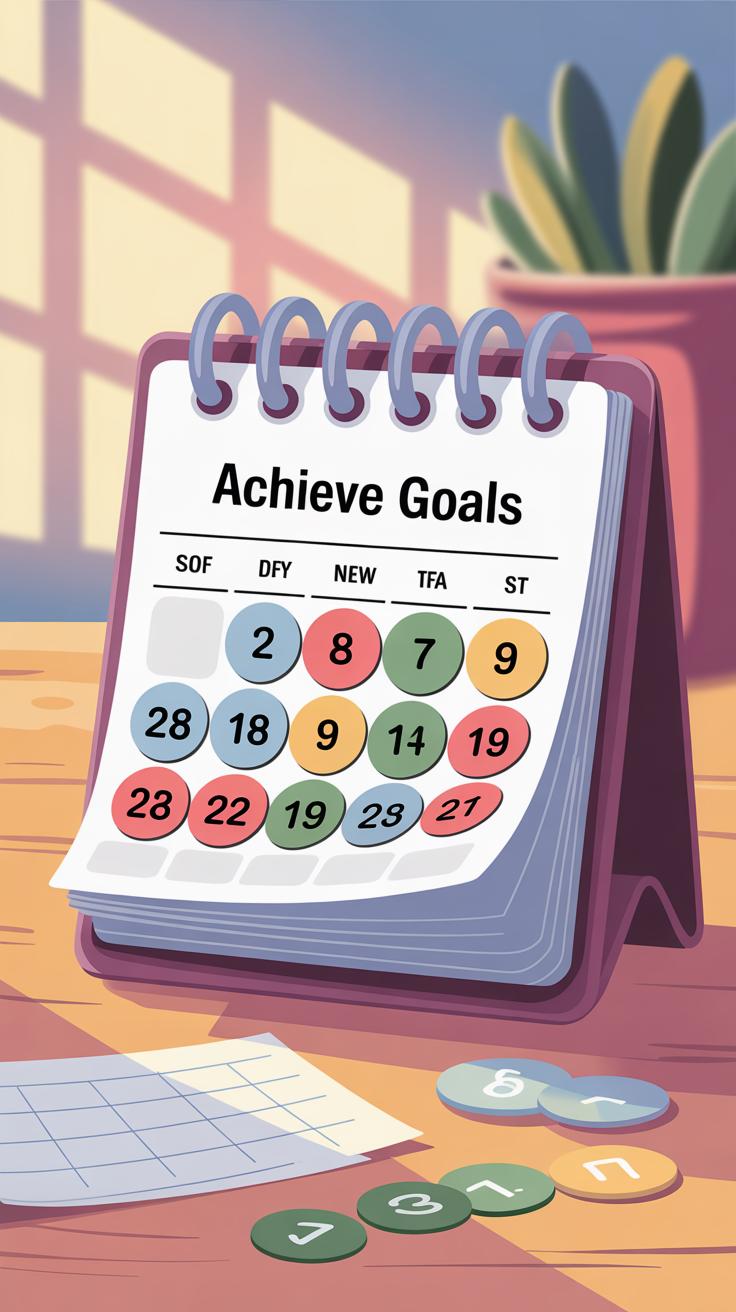Introduction
When you have one big financial goal, creating a clear savings plan can help you reach it faster. A savings plan template guides you on how much to save, when to save, and how to track your progress. It breaks down the goal into manageable steps, making saving less overwhelming.
Using a savings plan helps you stay focused and motivated. It keeps your money organized and helps you avoid spending on things that do not support your goal. In this article, you will learn how to create and use a savings plan template effectively to turn your big goal into reality.
Understanding The Purpose Of A Savings Plan
What Is A Savings Plan
A savings plan is like a simple set of steps to help you save money bit by bit. It’s a way to keep track of how much money you want to save and how long it might take to reach that amount. You decide how much to save regularly—maybe every week or every month—so the money adds up over time. You could write it down or use an app, whatever feels easier for you.
With a savings plan, you know exactly what you are working toward. It helps you keep your focus clear and prevents you from spending that money on other things. Think of it as a promise to yourself to put some money away regularly until you reach your target.
Why You Need A Savings Plan
Without a plan, it’s easy to forget or lose track of what you’re saving for. Sometimes money just slips away, and then you wonder why you don’t have enough saved. A savings plan keeps you accountable. It’s kind of like having a map when you go somewhere new—you might get lost without it, but with this map, you can see the route ahead.
When you follow a savings plan, you often reach your goal faster. Saving without a plan might mean you save some months but then spend all the money another month. A plan helps you stay steady. And it makes the whole thing less stressful. You don’t have to guess if you have enough money saved. Instead, you just check your plan and adjust if needed.
Some people find that having a savings plan even changes the way they think about money. They start to feel more in control, which, I think, is a big deal. It’s not just about saving cash; it’s about sticking to something important to you, which isn’t always so easy.
Setting A Clear And Realistic Goal
Picking The Right Goal
Choosing one big goal to focus on means deciding what really matters most to you right now. It could be saving for a home, paying off a debt, or building an emergency fund. But make sure the goal feels significant—something that sparks a bit of motivation, not just a vague idea. Ask yourself: why does this goal matter to me? If the answer feels weak or unclear, you might struggle to stick with the plan later.
Also, keep your goal achievable. Don’t aim for something so distant or costly that it feels impossible. If your target is a new car, but income and expenses barely cover necessities, it might make more sense to save for a smaller, closer goal first. Picking the right goal involves balancing what you want and what’s within reach.
Making Your Goal Realistic
Now, let’s talk realism. Setting a goal that fits your budget takes some honest thinking about your income and monthly expenses. If you earn $3,000 a month but have bills and commitments eating up most of it, you can’t plan to save $1,500 each month. That’s just not feasible—or sustainable.
Try estimating how much you can safely set aside without feeling strained. It’s okay if it’s less than you hoped. Small, steady steps often win over fast, sharp bursts that burn out quickly. If you’re unsure, track your spending for a week or two. Seeing where money goes helps paint a clearer picture.
Remember, the goal isn’t perfection—it’s creating a plan that fits your life and nudges you forward. It may feel awkward or frustrating at first, but setting something reachable usually keeps you going longer and saves you from giving up halfway.
Calculating How Much You Need To Save
Figuring out the total amount you need to save can feel a bit daunting, but breaking it down makes it manageable. Start by identifying all parts of the goal’s cost. For example, if you’re saving for a vacation, consider flights, accommodation, meals, local transport, and entrance fees. Write down each expense separately. This helps avoid surprises later on.
Try to research actual costs rather than guessing. Look up current prices online or ask people who’ve done something similar. Sometimes, you might think the cost is only the headline price, but the details add up quickly. A small detail, like travel insurance or baggage fees, might slip your mind if you’re not careful.
Extra costs often come with any big goal. For saving a car, think about registration, maintenance, or taxes. For a home renovation, factor in permits and unexpected repairs that pop up. These aren’t always obvious at first and can throw off your plan if neglected. Adding a buffer—say, 10 to 20 percent—might be wise, even if it feels a bit excessive.
So, don’t just total the obvious expenses. Ask yourself: What else might I need that I haven’t considered? That question alone can save you from scrambling for more money later. This step sets a clearer path before you dive into creating your savings schedule.
Creating A Savings Schedule
Choosing Your Saving Frequency
Deciding when and how often to put money aside can shape how quickly you reach your goal. Some people find saving weekly works well—it splits the task into smaller chunks that don’t feel overwhelming. Others prefer bi-weekly or monthly, especially if their paychecks arrive on those cycles. There’s no perfect answer here; what fits your lifestyle matters more than anything else.
Think about your spending habits too. If you tend to spend impulsively, setting frequent saving days might help you stay on track. But if managing too many small transfers feels like a hassle, monthly might be less stressful. You might even start with one schedule and adjust as you learn what suits you best.
- Weekly savings can make progress feel steady and manageable.
- Bi-weekly matches many pay periods, easing budgeting.
- Monthly savings require more discipline but simplify planning.
Setting Deadlines For Goals
Putting a date on when you want to hit your goal gives your plan urgency. Without deadlines, it’s tempting to push saving into the vague future. But with a clear finish line, every deposit has purpose. You can adjust amounts if the date feels too soon or too far; it’s flexible like that.
Still, setting a deadline can be tricky. You want it challenging enough to motivate you but realistic enough to avoid disappointment. For example, if you want $1,200 saved in six months, that breaks down to about $200 a month. If that feels tight, maybe extend the deadline a bit. The goal is steady, consistent progress—not burnout.
Have you noticed how deadlines affect your focus? Even rough estimates can help. They pull your attention away from “some day” and into “by this day.” That shift can be surprisingly powerful.
Using A Template To Track Your Progress
What A Savings Template Shows
A savings plan template keeps track of several key pieces of information that help you stay on course. Most templates show your goal amount, the target date, and the amounts you plan to save periodically. But they often go beyond this, listing your actual deposits and updating your remaining balance as you go.
Seeing all this laid out can be surprisingly motivating. When you spot a gap between where you are and where you want to be, it nudges you to act sooner, or rethink your timeline. Some templates also factor in interest or expected returns if you’re aiming to grow your savings, which can clarify how each payment affects your goal.
Personally, I’ve found that having everything in one place—planned versus actual savings—helps avoid the confusion of scattered notes or mental math. You don’t have to guess or remember where you last stopped. This consolidated view sometimes reveals patterns, like if you save less on certain months, which might hint at where to focus your tightening efforts.
How To Update Your Tracking
Updating your savings plan template is usually simple. Each time you put money aside, record the amount and the date. This step feels tedious initially, but it soon becomes a quick habit—like checking off chores.
Try marking progress with clear indicators—a color change, a checkmark, or percentage complete. These small touches make the progress feel visible, not abstract. If you find that you saved more or less than expected one month, adjust your future targets in the template. Don’t hesitate to tweak timelines or monthly amounts if things change in your budget.
Some months might throw you off course completely. It’s okay. The key is to update your plan honestly and keep moving forward. If the template shows you’re behind, maybe add an extra saving day or cut back on a little something temporarily. The plan is a guide, not a rigid rulebook. It helps to ask yourself, what small change could get me back on track?
Ways To Save More Money Every Month
When it comes to boosting your monthly savings, tiny adjustments can make a noticeable difference. Think about skipping that daily coffee or cutting out small treats you don’t really need. Those little expenses might seem harmless on their own, but over a month, they add up. For example, if you spend $3 on a snack every day, that’s about $90 a month—enough to push your savings forward quite a bit. It’s surprising how many people overlook these small leaks in their budget.
On the other hand, increasing your income is another way to reach your goal faster. Maybe you can take on extra hours at work, or look for freelance gigs that match your skills. Selling unused items around the house can bring in unexpected cash too. It’s not always easy to find ways to make extra money, but even small, consistent efforts add up over time. What are some skills or hobbies you have that could turn into a side income? Sometimes, thinking about this sparks ideas that feel more doable than you first expected.
Combining small cuts with income boosts doesn’t just increase savings. It also builds habits that support financial discipline—although, yes, some months will be smoother than others. Still, every step forward creates a clearer path toward your one big goal.
Handling Challenges And Staying Motivated
Overcoming Setbacks
Saving money rarely follows a straight line. Unexpected costs—like a car repair or medical bill—can pop up and throw off your plan. When this happens, it’s okay to pause and adjust instead of giving up. One way is to create a small emergency buffer alongside your main savings goal. It doesn’t have to be huge, just enough to keep you afloat without derailing progress.
Temptations also test your resolve. That occasional splurge might feel harmless, but it can mess with momentum over time. When you face those moments, try asking yourself what you’re really giving up versus what you’ll gain if you save instead. Sometimes, just delaying the impulse for a day or two helps you think more clearly and avoid regret.
Keeping Your Goal In Mind
It’s easy to lose sight of why you’re saving, especially when results look slow or life gets busy. Find ways to bring your goal into everyday focus. Put a photo of what you’re working toward where you’ll see it often—or write a short note about why it matters and keep it in your wallet or on your phone.
Think about how reaching this goal will change things for you. Will it reduce stress, open new opportunities, or give you peace of mind? Reminding yourself can revive motivation when it wavers. And yes, it’s normal to feel impatient or distracted—just give yourself permission to reset and keep moving forward.
Adjusting Your Plan When Life Changes
Explain why and how to change the savings plan if income or expenses change
Savings plans aren’t set in stone. Life is unpredictable—your income might fluctuate, or unexpected expenses pop up. When this happens, sticking rigidly to your original plan can cause more frustration than progress. Adjusting your plan makes sense because your financial situation changes, and your plan should reflect that reality, not some ideal scenario.
If your income drops, maybe due to fewer work hours or a temporary job loss, try lowering your monthly savings amount and extending the timeline slightly. On the other hand, if you get a raise or an unexpected bonus, consider increasing your savings—perhaps only a little bit—to speed things up without feeling overwhelmed.
Unexpected expenses, like car repairs or medical bills, might also force you to pause or reduce your savings contributions. It’s better to scale back temporarily than to deplete your emergency reserves or increase debt.
When To Reassess Your Plan
It isn’t always obvious when to reevaluate your savings plan. Some signs include:
- Your monthly budget feels tighter or more relaxed than before
- Major life events occur—job changes, moves, family additions
- You notice you’re consistently missing your savings targets
- A clear shift in your priorities or goals happens
If you start wondering, “Am I still on track?”—that’s a cue. Taking some time to review your numbers, even if briefly, helps prevent surprises and keeps your goal within reach.
How To Make Changes Without Losing Progress
Adjusting your plan doesn’t mean you’ve failed or need to start over. You want to keep the momentum alive, even if progress slows down. Here’s how:
- Update your target amount and timeline realistically based on current income
- Reduce monthly savings but avoid dropping to zero, if possible
- Look for small, temporary cuts in expenses to maintain some savings flow
- Prioritize automatic transfers so saving stays consistent without relying on memory
- Celebrate small wins, like a successful month at the new pace, to stay motivated
The goal isn’t perfection. It’s about moving forward in whatever way feels manageable. Adjust, regroup, and keep pushing toward that big goal—even if the pace changes along the way.
Celebrating Milestones And Achievements
Staying motivated during a long savings journey isn’t easy. Recognizing your progress—not just the end goal—can make a big difference in how you feel about saving. When you pause to notice even small steps forward, it creates a sense of momentum and keeps you going. Sometimes, it’s easy to forget that those smaller wins are actually significant, but they are.
Marking small savings milestones can be surprisingly effective. For example, hitting 25% of your target might seem minor, but celebrating it can renew your commitment. Maybe you saved that amount faster than expected or managed to trim some expenses. These moments deserve recognition because they show real effort and progress.
That said, celebrating doesn’t have to mean spending a lot or derailing your plan. Simple rewards like a favorite coffee, a walk in a park, or a quiet evening with a good book add positivity. Even small treats help create positive associations with saving without hurting your budget. It’s about balance—enjoy the reward, but keep your eyes on the path ahead.
Reaching Your Goal And Planning Ahead
Using Your Savings Wisely
Once you’ve finally reached that big savings goal, it might be tempting to spend the money all at once—or maybe put it off, unsure of what to do next. Either way, taking a moment to think carefully about how you use those funds pays off. Ideally, you want to use the savings for exactly what you planned. For instance, if you saved for a new laptop, avoid the urge to splurge on unrelated things; instead, focus on getting the model that meets your needs rather than an expensive upgrade. Sometimes, that means resisting impulse buys or “just because” spending, which can feel harder than expected.
Try to pause and ask yourself: Does this spending move me closer to my goal, or am I drifting away? Sometimes, you might find you need to adjust your plan slightly, but keeping your original purpose in mind generally helps keep you on track.
Setting New Financial Goals
Finishing one savings goal doesn’t have to mean an end to your planning. Actually, it’s a great moment to think about what comes next. You might want to take some time, maybe a week or two, to reflect on what worked well and what didn’t with your last savings plan. Then, start sketching out another goal—something that feels meaningful but still achievable.
Setting a new goal could be big, like planning a home renovation, or smaller, like building a travel fund. The trick is to keep using your savings plan as a tool, not just a one-time thing. Don’t rush it, though. Sometimes, it’s tempting to jump right into another goal without really considering if it fits your priorities or your financial situation at the moment.
Here’s something to think about:
- What lessons did you learn from your last savings experience?
- Are you ready to take on a similar challenge again—or maybe something different?
- Could breaking a big goal into smaller ones make saving easier and less stressful?
By thinking through these points, you’ll set yourself up better to keep your momentum going and avoid burnout—or disappointment. Planning ahead isn’t just about money, after all; it’s about staying connected to what matters most to you over time.
Conclusions
A well-structured savings plan turns a big goal into clear steps. It shows you how much you need to save and helps you track your progress. This makes saving less stressful and more achievable.
By following a savings plan template, you stay motivated and keep your goal in sight. Remember, saving money regularly and adjusting your plan as needed increases your chances of success. Start your savings plan today and watch your big goal come closer every day.



